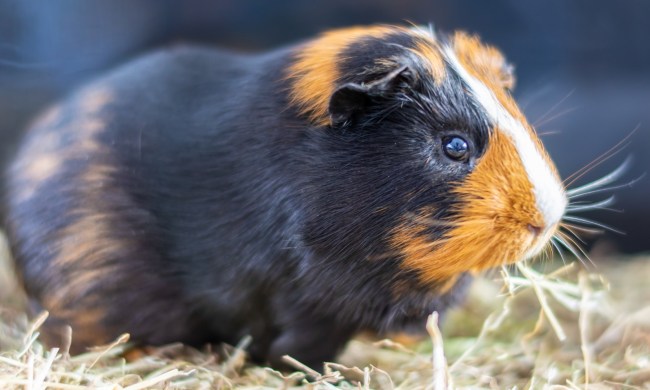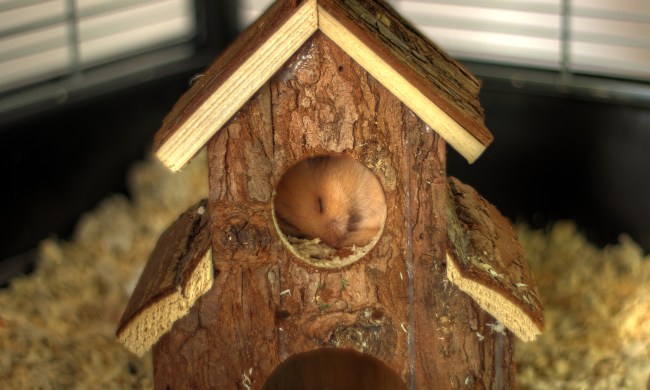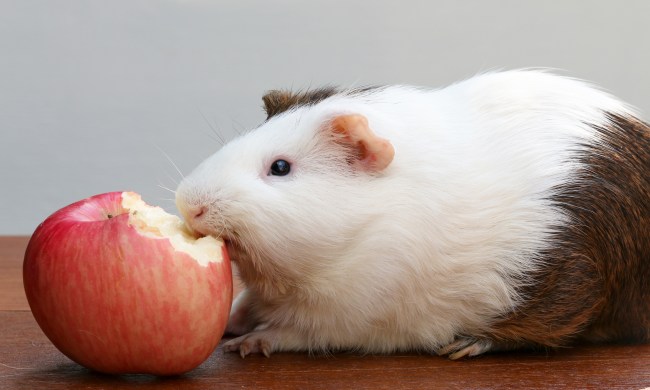Before you even look at pictures of cute hamster faces, you will need to think about a few of the necessities for her. In the case of all small pets, that means a cage or hutch where she’ll live most of the time. While it’s great to take your animal out to play, she’ll generally stay a homebody. Essentially, you want to get the biggest cage that will safely take your animal and fit it into the room. But how big should a hamster cage be, really? Here’s what you need to know.
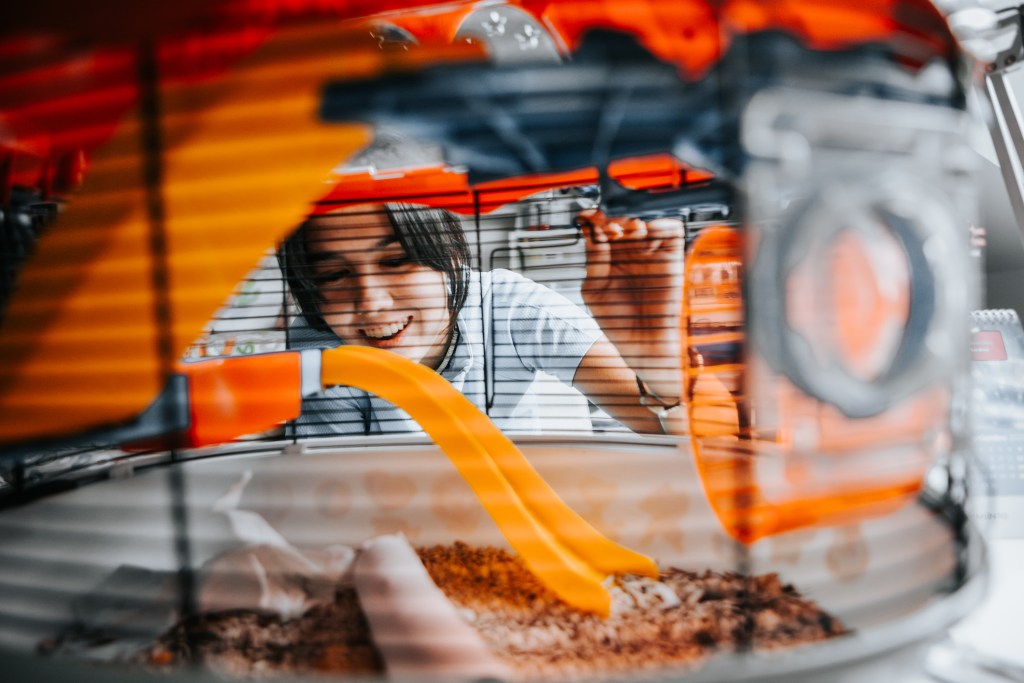
Are hamsters supposed to have big cages?
Hamsters come in really tiny packages, so it may surprise you to find that they like a lot of space. In addition, they don’t want to stay together in groups and so do not require a setup for lots of pets. They do, however, want tubing, toys, hidey-holes, and a wheel to be happy. So, your cage will need to house both your fuzzball and all her accessories (and, boy, does she like her accessories). Take all that into account when you pick out her terrarium and find the right spot for it, keeping in mind that your hamster tubes can actually go outside the cage as well if you feel really creative.
Is a 10-gallon tank big enough for a hamster?
You may bring home a Syrian or a dwarf hamster, but for the most part, you need a big cage even for smaller species. You have a few decisions to make in addition to the size problem: wire, plastic, or glass. Each comes with its own pros and cons for cleaning, smell, and ease of access. Regardless of which style you go for, a 10-gallon tank really won’t cut it. If you happen to have one lying around, though, don’t despair. You can use this as part of a cage design connected by tubes or set up in layers — our little guys love to climb after all. Consider creating a multi-cage or more elaborate setup. Your hamster will be thrilled by your Insta-worthy enclosure and the extra space it gives him.
How big should a hamster cage be in square inches?
We’ve already discussed that bigger is always better when it comes to cage sizes (within reason). You can’t really go any smaller than 36 by 18 and should shoot for at least 600 square inches for her space. This will give her plenty of room to burrow in her bedding, run the hamster wheel, and have a spot to make her toilet (many rodents choose a specific location and stick with it). Of course, you can experiment with different dimensions — look into nonstandard layouts with different rooms or multilevel housings — all of which will create more space. There are so many ways to make your hamster fit into your designated area.
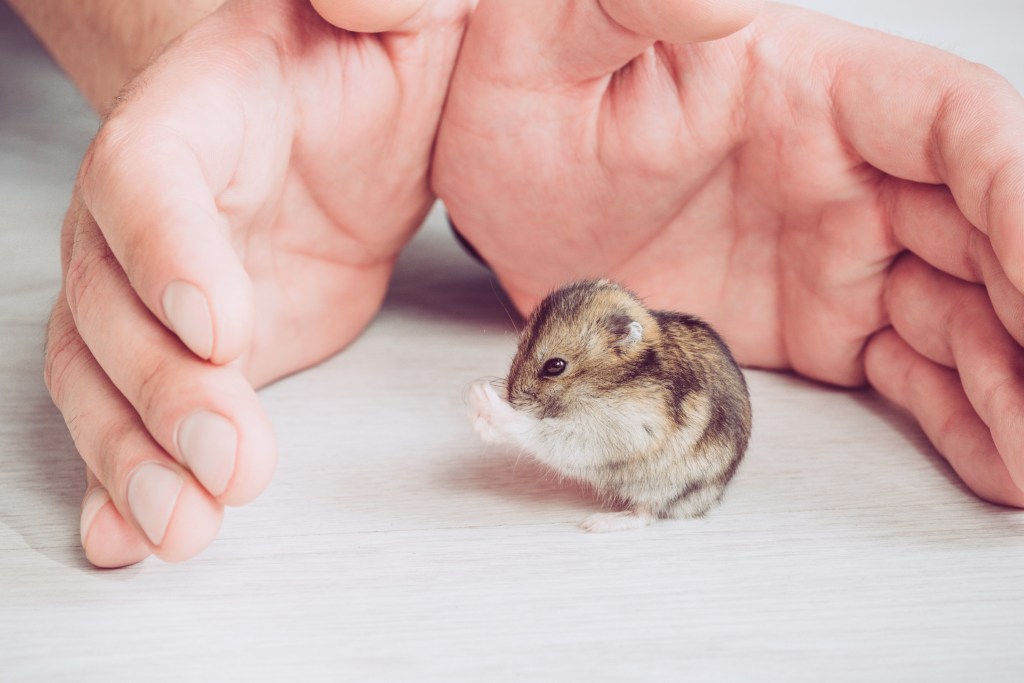
What other cages should you get?
No matter how big her cage, she’ll occasionally get restless and want playtime outside her home. Look into getting a pen to supplement, where she can run around while spending time with you and your family. Some owners also decide to hamster-proof the room as a safety measure, but never leave your pet on her own even inside the pen. Lastly, you definitely need a traveling cage for trips to the vet. This can be considerably smaller than her standard living space as she’ll spend only a few minutes in it every so often. Whatever’s comfortable for you to carry will work just fine.
One of the trickiest parts of getting the right-size cage actually is choosing the correct area in the house for it. Because hamsters are mainly nocturnal, you need her sleeping quarters to be as far away from yours as possible, unless you want to get woken up every night to the sound of her running all night long (and it’s really all night). Being nocturnal has some bonuses, though. You can have the cage nearby during the day and she’ll probably stay asleep for much of it (no promises, however). Find her a permanent location not too in the way but certainly not so out of the way that you can’t reach her easily for daily interaction.

